El ciclo reproductivo de las tortugas marinas comienza cuando la tortuga hembra dispone los huevos fecundados, enterrándolos entre la arena de la playa. Se dice que las hembras desovan en las mismas playas donde nacieron.
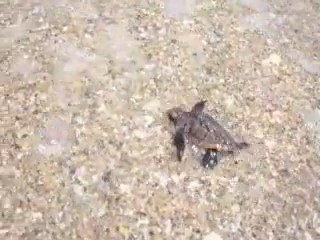
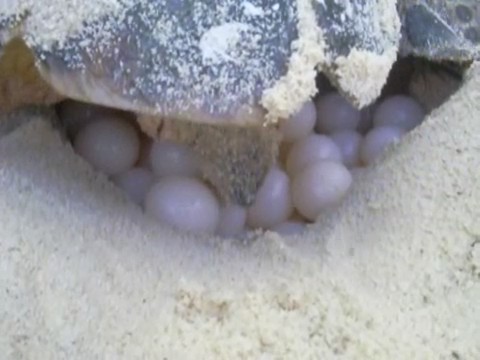
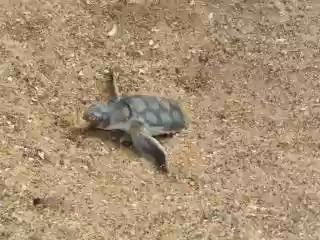
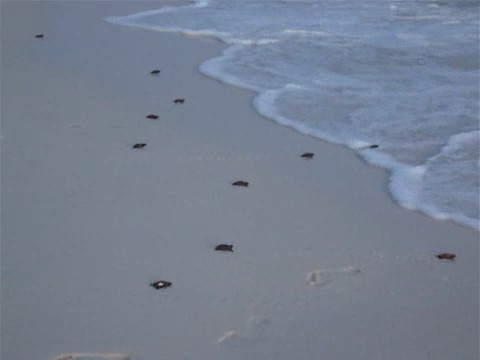
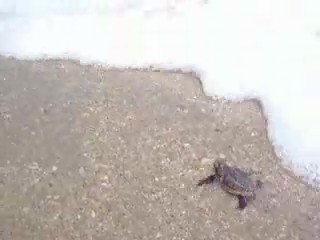
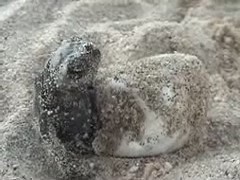
La tortuga parece llorar mientras pone los huevos, aunque en realidad está lubricándose los ojos para evitar la molesta arena. Luego la hembra cubre de arena el nido para ponerlo a salvo de los depredadores. Sus puestas pueden ser de 50 a 200 huevos. Ponen tal cantidad porque muchas tortuguitas no conseguirán llegar a la edad adulta.
Luego los huevos eclosionan y las tortugas salen del cascarón. La temperatura que ha disfrutado el nido durante la incubación, determina el sexo de las tortugas que nacen de él.
Las tortuguitas buscan el punto más brillante en el horizonte, que suele coincidir con la dirección hacia la orilla del mar, y emprenden una carrera hacia allí.
Durante el camino hacia el agua se exponen a numerosos enemigos y depredadores, es un momento vital para su existencia.


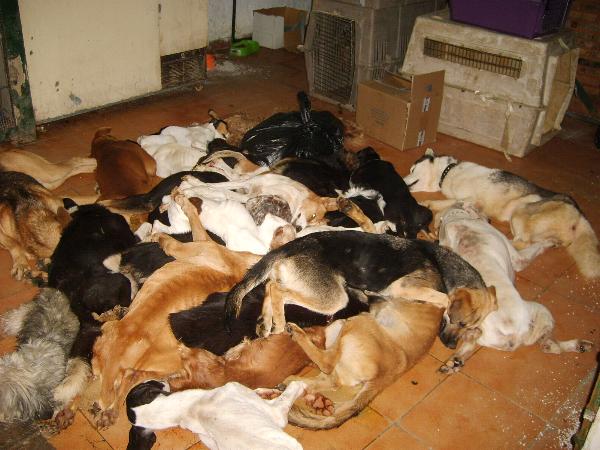
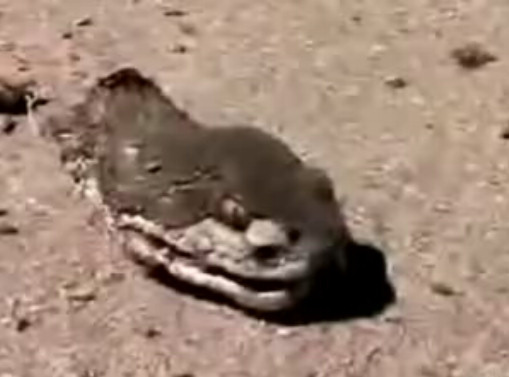
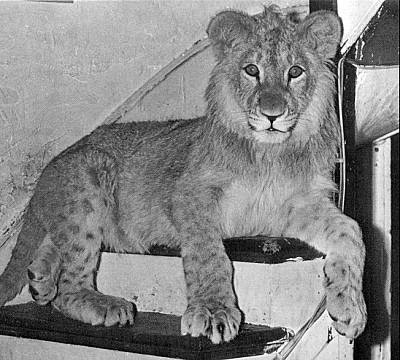
Es uno de los animales que más me gustan, de chico he tenido muchísimas!!! :). Con mi padre recuerdo ver documentales de esto y la carrera de las tortugas hacia el mar es fundamental para que vivan, muchas quedaban en el camino por que se las comían algunos animales. Me encanta esta entrada :)
Qué barbaridad cuantos huevos ponen. Y qué curioso que el sexo dependa de la temperatura de incubación, no tenia ni idea de esto.
Me ha gustado mucho ver cómo sale del huevo, que graciosa la tortuguita tan lenta y tan torpe.
Hi!
I am contacting you because I just saw the videos about how sea turtles put their eggs, the birth of the little ones and how they run to the sea. Thank you for sharing!!!
What moved me in the first place to do this research is that I have been living in a little town in the pacific coast of Costa Rica for a couple of months now, and today at the beach I saw this tiny, tiny baby turtle at the shore. She was really weak, didn’t move, had her eyes closed, and if the water caught her she would turn around and float, not move yet, and on the sand she didn’t seem to react either, at first. So I held her in my hands and did some Reiki to her and then just stood with her giving her love and warmth, just being there with her, and talking to her that I knew she had the strength to make her way to the sea. But I realized I didn’t have the knowledge of what to do in that case, how to accompany her in the best way. I didn’t know if she could breathe better inside the water or outside, didn’t know if the dry sand and the hot sun rays were just too harsh for her or actually necessary.
In the moment, i decided to try not to modify the conditions in which I had found her, and also didn’t want to interfere in her process, so I put her back in the sand and stood there with her. Still talking to her and giving her love with my intension. And then suddenly, she opened her eyes for the first time , and started moving her extremities, and she walked towards the sea, but she was weak and got tired very soon. She couldn’t breathe well. And when the water caught her, she would just float and stop moving.
At that point I was already 1 hour late for work, so I had to leave, and ask other persons just to look at her so that no one else would pick her up or hurt her.
But then I promised myself and Life that when I got back from work I would search for some info so that the next time I know what to do to accompany them in the best possible way, without interfering in their natural process!!
So here I am :)
And that’s what I would love you to share with me, if that’s possible.
What’s the best to do in those cases?
Can they breathe well both in open air and in the water?
Is it better, if they are that weak and struggling so much, to get them into the sea or always better to let them do the whole process? Consider also the crowded beach!
And anything else you think important to tell me.
THANK YOU sooo much!!!!
Lots of love from Costa Rica.
Luciana.
Hi Luciana, your story was breathtaking. I’m not naturist, but i think that maybe the only thing you could do to help her, was taking the turtle near the water. Maybe we can’t do anything for her if she couldn’t care for herself. We can aid her in the first moment, but sadly, if the turtle has a weak nature, maybe she is not going to make it more days. So i think that we can only help the animals the best we can, but surely finally we can’t change things from the nature, that stronger animals survive and weak animals don’t. Regards.